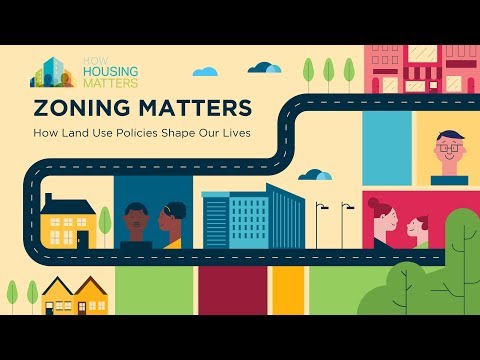
Zoning in Greenwich: Part III
Debates over residential zoning have taken center stage in Greenwich politics, sparking debate between supporters and detractors of statewide land use reforms proposed by Desegregate Connecticut.
Beyond Greenwich’s borders, these debates have attracted attention from the national media, from the Wall Street Journal to PBS NewsHour to The New York Times. An issue that inspires such controversy and strong feelings warrants not just debate, but a rigorous exploration of history. This history reveals that Greenwich’s residential development was not merely the accident of individuals’ choices in the aggregate, but the product of conscious public policy decisions.
In Part I of this three-part series, I provided context for why we should care about zoning reform in Greenwich. In Part II, I dove into the history of our zoning regulations and how they have shaped Greenwich’s development. In Part III, I make the case for concrete action to improve our zoning code and our community.
Where To Go From Here
Following nationwide protests against racial injustice, advocates and policymakers have brought renewed attention to zoning in Greenwich and other towns with even more exclusionary restrictions. In particular, Desegregate Connecticut—a group with which I volunteer but do not purport to represent—began raising awareness and calling for state legislative action to reform the state’s Zoning Enabling Act. Even though the group’s proposals are quite modest—Greenwich already complies with or is in near-compliance with the most controversial of these—the suggestion that the State in any way tweak the manner in which it delegates zoning authority to towns has provoked vocal outcry.
Regardless of one’s feelings about state action, the imperative to reform our zoning laws remains the same. The best argument Greenwich could make against the need for state intervention would be to take proactive measures to undo over 60 years of policymaking that has made multifamily housing more difficult to build in Greenwich, shutting out potential residents from town and shunting low and moderate income households into a shrinking portion of the Town’s land: 1.9% of which allows multifamily housing and 80% of which requires a minimum lot size above 40,000 square feet (for context, conservative legal scholar Robert Ellickson classifies 20,000 square foot lots as “large lot” zoning).
This view is not an outlier—Greenwich’s Plan of Conservation and Development calls for housing that is more affordable and housing for an aging population, both of which point toward the need for more multifamily development.
Further, the Plan puts forth admirable goals to incentivize affordable and moderate-income housing and to encourage adaptive re-use of existing structures for multifamily development. This language echoes similarly pro-development goals in previous POCDs. Even strident opponents of state-level reforms—including Greenwich pubic officials—have touted the need for more residential development in public forums on the topic.
But unfortunately, this abstract goal has not translated into practice. Instead, the voices aligned against development have shouted down most actual proposals for new multifamily developments and changed the rules to ensure less housing gets built going forward. Despite the well-documented benefits of new development for equity, economic development, and environmental sustainability, concentrated opposition tends to prevail because those benefits are diffuse among existing and potential future residents.
We shouldn’t need state intervention to get our affairs in order.
Even if such legislation passes, Greenwich should go much further and adopt the following reforms:
- Substantially increase the allowable density of residential units in the General Business, local Business, Multifamily, and R-6 zones.
- Allow up to four-unit residences in the R-7, R-12, and R-20 zones
- Allow duplexes on most or all lots zoned for single-family homes, as several other suburban and rural Connecticut towns already do.
- Reduce minimum lot sizes in one-acre, two-acre, and four-acre zones by half or more.
- Lift owner-occupancy restrictions on accessory dwelling units, which needlessly dampen the development of this affordable housing type.
Greenwich can open up housing opportunities, decrease residential segregation, and spark economic development—all at zero cost. If Greenwich’s leaders are serious when they champion the virtues of local control, they must undo decades of failed regulations and restore policies that allowed Greenwich to flourish in the first place.
Nicholas Abbott is a Greenwich resident, a Harvard Law School student, and the American Planning Association’s Daniel J. Curtin fellow.
Got Something to Say?